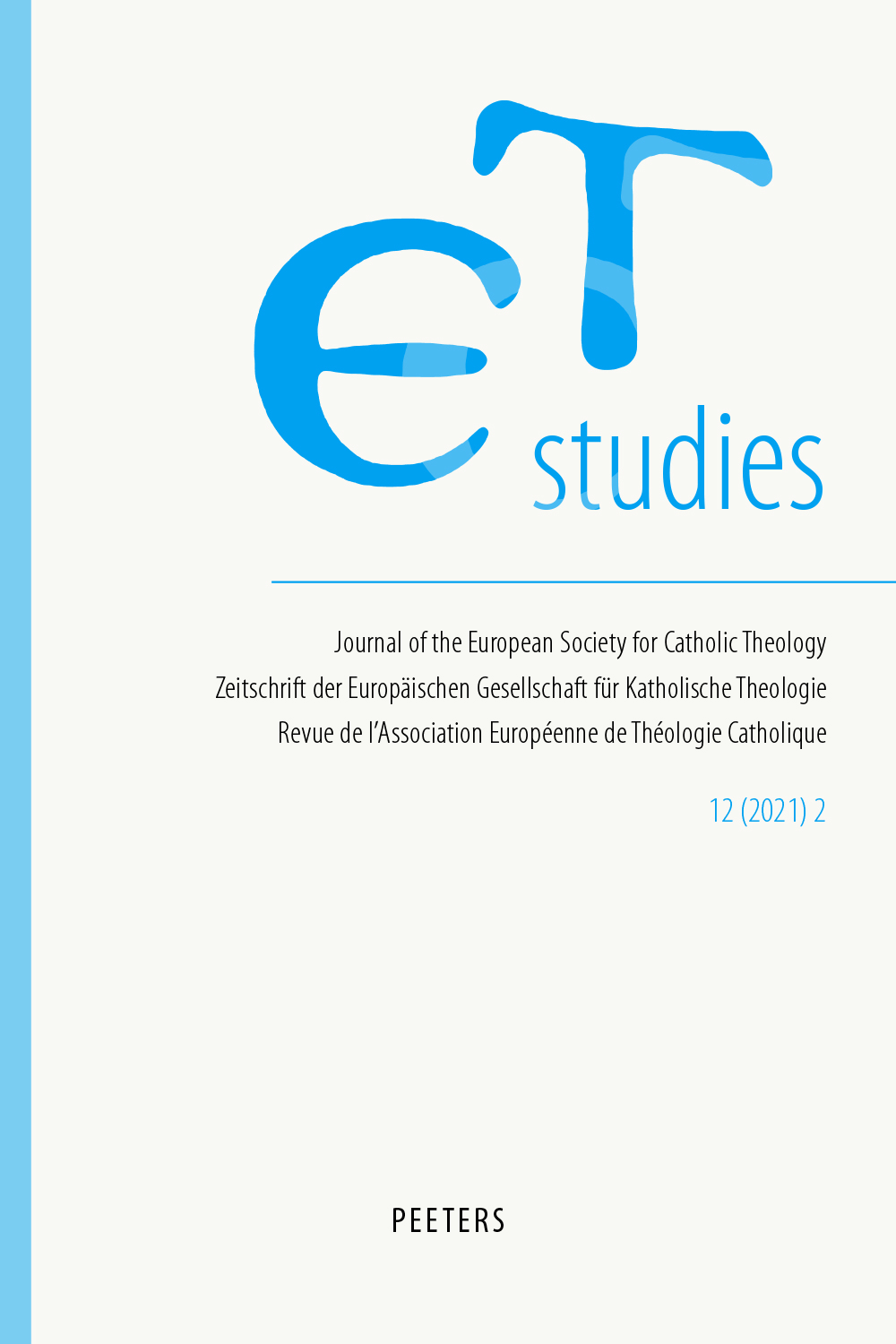 previous article in this issue previous article in this issue | next article in this issue  |

Preview first page |
Document Details : Title: Seelsorge durch 'Spriritual-Carebots'? Subtitle: Ethische Vorklärungen für eine KI-gestützte Pastoralpraxis Author(s): LOB-HÜDEPOHL, Andreas Journal: ET-Studies Volume: 15 Issue: 1 Date: 2024 Pages: 47-65 DOI: 10.2143/ETS.15.1.3293066 Abstract : Die Einführung KI-gestützter Handlungsformen und Instrumente in die kirchliche Pastoralpraxis schreitet weiter voran. Segensroboter oder auch Conversational-AI mit dezidiert religiösem Inhalt ('Spiritual-Carebots') sind aktuelle Beispiele. Im Einsatz in der Seelsorge stellen sich ethische Fragen: Erweitern oder minimieren sie die selbstbestimmte Handlungsfähigkeit der menschlichen Akteur:innen, deren Interaktionen sie unterstützen sollen? Können KI-gestützte technische Artefakte menschliche Akteur:innen sogar ersetzen oder maximal in einzelnen Handlungsabschnitten simulieren? Die Antwort auf diese und viele weitere Fragen hängt sowohl von der Kernlogik der Handlungsbereiche, in denen sie eingesetzt werden (Seelsorge, Bildung usw.), als auch vom grundsätzlichen Verständnis ab, in welcher Beziehung Mensch und Künstliche Intelligenz zueinanderstehen. Diesen Vorklärungen widmet sich der nachfolgende Beitrag aus ethischer Perspektive, die bei weiteren Ausdifferenzierungen KI-gestützter Pastoralpraxis Beachtung finden sollte. The introduction of AI-supported forms of action and instruments into church pastoral practice continues to progress. Blessing robots or Conversational AI with decidedly religious content ('spiritual-carebots') are current examples. Their use in pastoral care raises ethical questions: do they expand or minimise the self-determined capacity for action of the human actors, whose interactions they are supposed to support? Can AI-supported technical artefacts even replace human actors or at most simulate them in individual stages of action? The answers to these and many other questions depend both on the core logic of the areas of action in which they are used (pastoral care, education, etc.) and on the fundamental understanding of the relationship between people and artificial intelligence. The following article is dedicated to these preliminary explanations from an ethical perspective, which should be taken into account in further differentiations of AI-supported pastoral practice. L’introduction de formes d’action et d’instruments basés sur l’IA dans la pratique pastorale de l’Église se poursuit. Les robots de bénédiction ou les IA conversationnelles à contenu résolument religieux («Spiritual-carebots») en sont des exemples actuels. Leur utilisation pour la pastorale pose des questions éthiques: augmentent-ils ou diminuent-ils la capacité d’action autodéterminée des acteurs humains dont ils sont censés soutenir les interactions? Les artefacts techniques basés sur l’IA peuvent-ils même remplacer les acteurs humains ou tout au plus les simuler dans certaines phases d’action? La réponse à ces questions et à bien d’autres dépend à la fois de la logique qui régit les domaines d’action dans lesquels ils sont utilisés (accompagnement spirituel, éducation, etc.) et de la compréhension fondamentale de la relation entre l’homme et l’intelligence artificielle. L’article suivant est consacré à expliquer, d’un point de vue éthique, ces préalables, qui devraient être pris en compte dans les futurs développements de la pratique pastorale assistée par l’IA. |
 |


